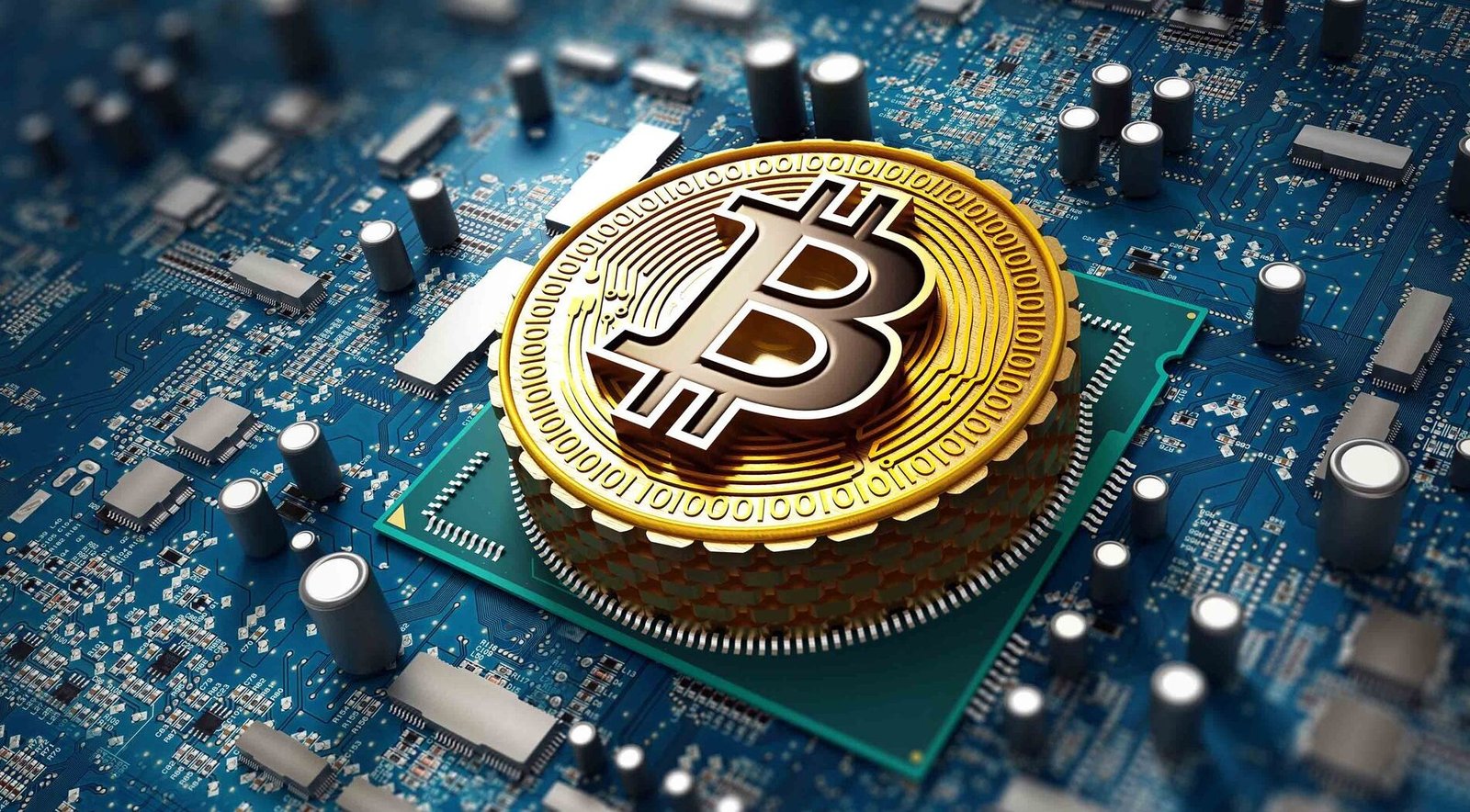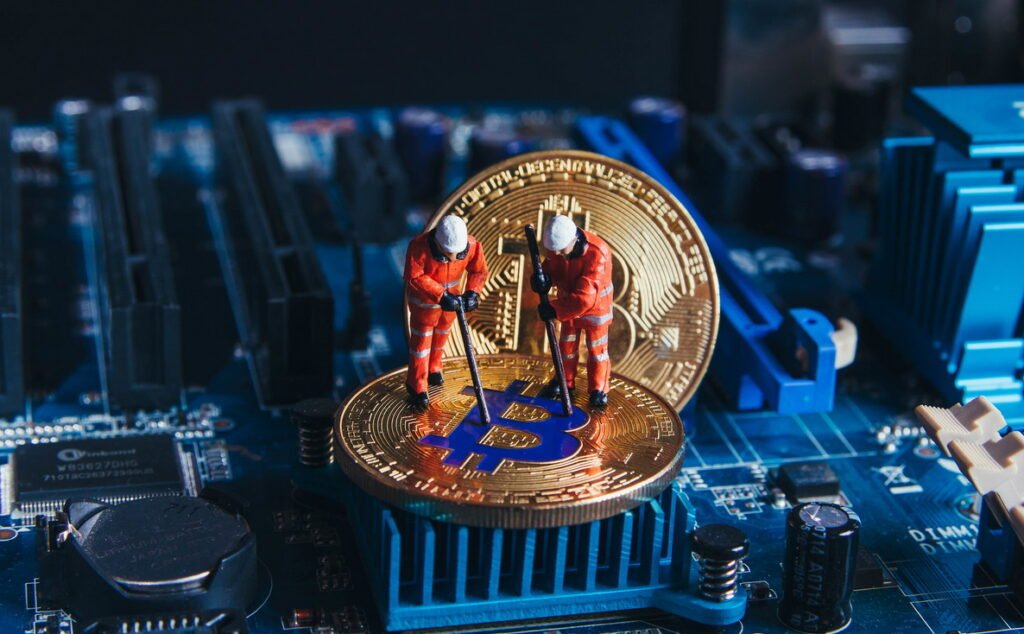The cryptocurrency landscape continues to evolve rapidly, and finding the best bitcoin mining hardware 2025 has become more crucial than ever for miners seeking profitable operations. With Bitcoin’s increasing difficulty and energy costs rising globally, selecting the right mining equipment can mean the difference between substantial profits and significant losses. The mining industry has witnessed remarkable technological advances this year, with manufacturers releasing more efficient ASIC miners that offer better hash rates while consuming less power. Whether you’re a seasoned miner looking to upgrade your operation or a newcomer exploring entry into bitcoin mining, understanding which hardware delivers the best return on investment is essential for success in today’s competitive mining environment.
Understanding Bitcoin Mining Hardware in 2025
Bitcoin mining has transformed dramatically since its early days when miners could use regular computers. Today’s mining landscape requires specialized hardware designed specifically for the SHA-256 algorithm that powers Bitcoin’s blockchain network. The evolution toward Application-Specific Integrated Circuits (ASICs) has revolutionized mining efficiency and profitability.
Modern bitcoin mining operations rely entirely on ASIC miners, which are purpose-built machines optimized for Bitcoin’s proof-of-work consensus mechanism. These devices far outperform traditional graphics cards or CPUs in terms of hash rate, energy efficiency, and overall profitability. Understanding the technical specifications and performance metrics of these machines is crucial for making informed purchasing decisions.
The mining hardware market in 2025 features intense competition among manufacturers, driving innovation in chip design, cooling systems, and energy efficiency. This competition has resulted in miners that deliver unprecedented performance while maintaining reasonable power consumption levels.
Key Performance Metrics for Mining Hardware
When evaluating mining hardware, several critical metrics determine profitability and operational efficiency. Hash rate represents the computational power of a mining device, measured in terahashes per second (TH/s). Higher hash rates generally translate to better mining performance and increased Bitcoin earning potential.
Power consumption, measured in watts, directly impacts operational costs through electricity expenses. The most profitable miners achieve optimal balance between high hash rates and reasonable power consumption. Energy efficiency, calculated as watts per terahash (W/TH), provides insight into long-term operational costs.
Initial hardware cost significantly affects return on investment timelines. While premium miners command higher prices, their superior efficiency often justifies the investment through reduced electricity costs and higher mining rewards over time.
Top Bitcoin Mining Hardware 2025: Comprehensive Reviews

Antminer S21 Series: Industry-Leading Performance
The Antminer S21 series represents Bitmain’s latest achievement in mining technology, delivering exceptional performance that sets new industry standards. The S21 Pro achieves impressive hash rates of up to 234 TH/s while maintaining energy efficiency of approximately 15.0 J/TH.
This flagship model incorporates advanced 4nm chip technology, enabling superior performance per watt compared to previous generations. The improved cooling system ensures stable operation even in challenging environments, making it suitable for both home and industrial mining operations.
The S21 series features enhanced durability and reduced maintenance requirements, contributing to lower total cost of ownership. Advanced monitoring capabilities allow remote management and real-time performance tracking, essential features for professional mining operations.
WhatsMiner M60 Series: Efficiency Champion
MicroBT’s WhatsMiner M60 series has gained recognition for exceptional energy efficiency and reliable performance. The M60S delivers approximately 172 TH/s with energy consumption around 3400W, achieving excellent efficiency ratings that appeal to cost-conscious miners.
The M60 series incorporates innovative cooling technology that maintains optimal operating temperatures while minimizing noise levels. This makes the hardware suitable for diverse installation environments, from residential setups to large-scale mining facilities.
Robust build quality and comprehensive warranty coverage provide peace of mind for significant hardware investments. The manufacturer’s reputation for responsive customer support adds value for miners requiring technical assistance or replacement parts.
AvalonMiner A1466: Balanced Performance Solution
Canaan’s AvalonMiner A1466 offers balanced performance that appeals to miners seeking reliable, mid-range hardware options. With hash rates reaching 150 TH/s and competitive energy efficiency, this model provides solid performance without premium pricing.
The A1466 features user-friendly configuration options and straightforward setup procedures, making it accessible to miners with varying technical expertise levels. Built-in safety features protect against power surges and overheating, enhancing operational reliability.
This model’s moderate power requirements make it suitable for miners with limited electrical capacity or those operating in regions with higher electricity costs. The balanced approach to performance and efficiency creates opportunities for profitable mining across diverse scenarios.
Best Bitcoin Mining Hardware 2025: Performance Comparison
Hash Rate Leadership
Current market leaders in hash rate performance include the Antminer S21 Pro and select WhatsMiner models that consistently deliver over 200 TH/s. These high-performance units command premium prices but offer superior mining capacity for large-scale operations.
Mid-range options providing 120-170 TH/s serve miners seeking balance between performance and cost. These units often provide better value propositions for smaller operations or miners in regions with moderate electricity costs.
Entry-level miners delivering 80-120 TH/s remain viable for specific scenarios, particularly when electricity costs are extremely low or when using renewable energy sources. While these units offer lower absolute performance, they can still generate positive returns under favorable conditions.
Energy Efficiency Analysis
The most efficient miners in 2025 achieve energy efficiency ratings below 20 J/TH, representing significant improvements over previous generations. These efficiency gains translate directly to reduced operational costs and improved profitability margins.
Advanced chip manufacturing processes, primarily 5nm and 4nm technologies, enable these efficiency improvements while maintaining high hash rates. Continued progress in semiconductor technology promises further efficiency gains in future hardware releases.
Cooling system innovations contribute to overall efficiency by reducing auxiliary power consumption and maintaining optimal chip performance. Advanced thermal management extends hardware lifespan while reducing maintenance requirements.
Profitability Calculator: Maximizing Mining Returns
Electricity Cost Considerations
Electricity costs represent the largest ongoing expense for bitcoin mining operations, often accounting for 60-80% of total operational costs. Miners in regions with electricity rates below $0.08 per kWh typically achieve the best profitability outcomes with current hardware options.
Understanding local electricity pricing structures, including time-of-use rates and demand charges, enables strategic operation scheduling to minimize costs. Some miners negotiate special industrial rates or invest in renewable energy sources to reduce long-term electricity expenses.
Power infrastructure requirements extend beyond basic electricity costs to include proper electrical installations, backup power systems, and adequate cooling capacity. These infrastructure investments significantly impact total project costs but ensure reliable mining operations.
Mining Pool Selection Impact
Joining mining pools distributes mining rewards based on contributed hash power, providing more consistent income streams compared to solo mining. Pool selection affects profitability through fee structures, payout methods, and geographic server locations.
Popular mining pools charge fees ranging from 1-3% of mining rewards, with larger pools generally offering more frequent payouts but potentially higher fees. Smaller pools may provide lower fees but less consistent payout timing.
Pool reliability and uptime directly impact mining profitability, making reputation and track record important selection criteria. Technical features such as variable difficulty adjustment and multiple payout options enhance operational flexibility.
Setting Up Your Mining Operation: Essential Considerations

Infrastructure Requirements
Professional bitcoin mining requires robust electrical infrastructure capable of handling high power loads continuously. Most modern miners operate on 220V power supplies, requiring appropriate electrical circuits and safety equipment.
Adequate ventilation and cooling systems prevent overheating and ensure optimal hardware performance. Mining operations generate significant heat, necessitating proper airflow management and temperature control systems.
Internet connectivity requirements include stable, high-speed connections with minimal latency to mining pools. Redundant internet connections prevent downtime that could impact mining profitability and equipment performance.
Security and Monitoring
Physical security measures protect valuable mining hardware from theft while ensuring authorized access control. Mining facilities require appropriate security systems, including surveillance, access controls, and alarm systems.
Remote monitoring capabilities enable real-time performance tracking and rapid response to operational issues. Modern mining hardware includes web interfaces and mobile applications for convenient remote management.
Regular maintenance schedules extend hardware lifespan and maintain optimal performance levels. Preventive maintenance includes cleaning, component inspection, and firmware updates that ensure continued reliable operation.
Environmental Impact and Sustainability
Energy Consumption Trends
Bitcoin mining’s energy consumption continues to evolve with improving hardware efficiency and increasing adoption of renewable energy sources. Modern miners consume significantly less energy per unit of computational power compared to older generations.
The industry trend toward renewable energy adoption addresses environmental concerns while potentially reducing operational costs. Solar, wind, and hydroelectric power sources provide sustainable alternatives to traditional energy sources.
Carbon offset programs and environmental certifications enable mining operations to demonstrate commitment to sustainability. These initiatives may become increasingly important as regulatory frameworks evolve around cryptocurrency environmental impact.
Heat Recovery Applications
Innovative miners explore heat recovery applications that utilize waste heat from mining operations for beneficial purposes. Examples include greenhouse heating, residential heating systems, and industrial process heat applications.
Heat recovery systems can improve overall energy efficiency by capturing and utilizing thermal energy that would otherwise be wasted. These applications create additional value streams while reducing environmental impact.
Integration with existing heating systems requires careful planning and appropriate heat exchange equipment. Successful implementations demonstrate how mining operations can contribute positively to local communities and energy efficiency goals.
Future of Bitcoin Mining Hardware
Technological Advancement Trends
Semiconductor manufacturing continues advancing toward smaller process nodes, enabling more efficient mining chips. Future generations may incorporate 3nm and smaller manufacturing processes for enhanced performance and efficiency.
Artificial intelligence and machine learning applications may optimize mining operations through predictive maintenance, dynamic power management, and performance optimization algorithms.
Alternative cooling technologies, including immersion cooling and advanced thermal management systems, promise improved efficiency and reduced operational complexity for large-scale mining operations.
Market Evolution Predictions
Increasing institutional adoption of bitcoin mining may drive demand for more professional, enterprise-grade hardware solutions. This trend could influence manufacturer focus toward industrial applications and larger-scale deployments.
Regulatory developments worldwide may impact mining hardware specifications and operational requirements. Miners should monitor regulatory trends that could affect hardware selection and operational strategies.
Economic factors including bitcoin price volatility, electricity costs, and mining difficulty adjustments will continue influencing hardware investment decisions and profitability calculations.
Conclusion
Selecting the best bitcoin mining hardware 2025 requires careful evaluation of performance metrics, operational costs, and individual mining scenarios. The Antminer S21 series leads in raw performance, while WhatsMiner M60 models excel in energy efficiency, and AvalonMiner options provide balanced value propositions.
Success in bitcoin mining depends not only on hardware selection but also on infrastructure planning, electricity management, and ongoing operational optimization. The most profitable miners combine efficient hardware with low-cost electricity and professional operational practices.
READ MORE :Best Bitcoin Mining Hardware 2025 Top ASIC Miners Guide

















